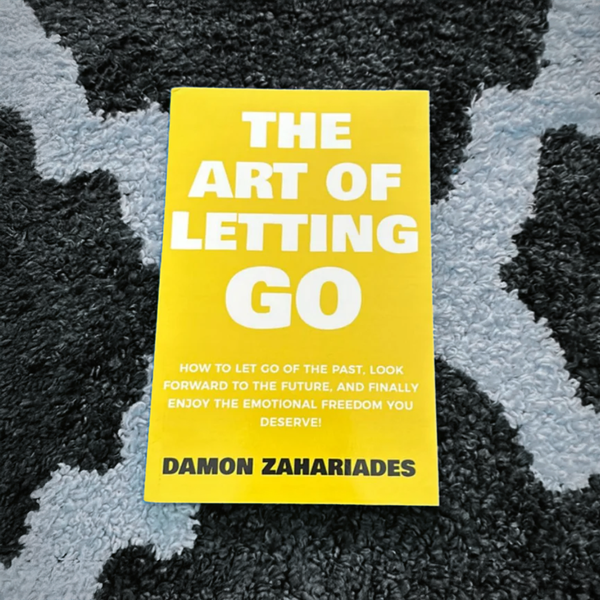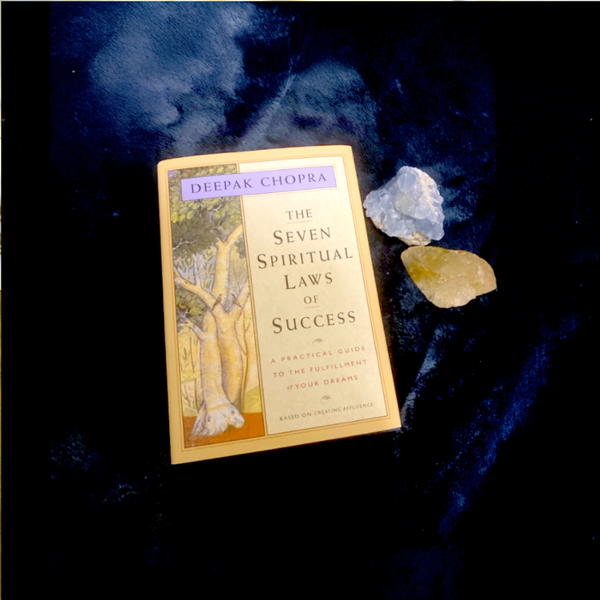Are you an artist looking to find the unique spark and inspiration for your work?
Have you ever wondered what makes art from one place so different than art from another, or how artwork can contain deep messages that reflect larger cultural norms and values?
From traditional art practices in ancient temples to modern day street graffiti, creative expressions have been used for thousands of years to share values, culture, and beliefs.
This type of self-expression is far more than just an outlet for individual expression; it serves as a creative mirror through which people can see the cultural details that are oftentimes hidden from plain sight.
Art has always been a powerful reflection of the cultural, social and personal norms that make us who we are.
It's an incredible tool to explore emotions, values and experiences in new ways – both for those making art and those interacting with it!
Art communicates emotions, cultures, norms and shared stories of experience— so much so that entire civilizations have been built upon its foundations!
Whether you're a professional painter, a digital artist, or just starting your artistic journey - exploring the relationship between culture and art is a great way to discover personal creative insights.
In this blog post we'll discover how creative expression functions as a mirror for society: studying how artists' unique perspectives create beautiful artifacts that inform and shape their cultures.
We'll also look at some of the best examples of this truth throughout history to gain insight into what makes these works so meaningful!
So, explore with us and to take a deep dive into self discovery as we uncover the importance of understanding how language through visual mediums can truly transform culture!
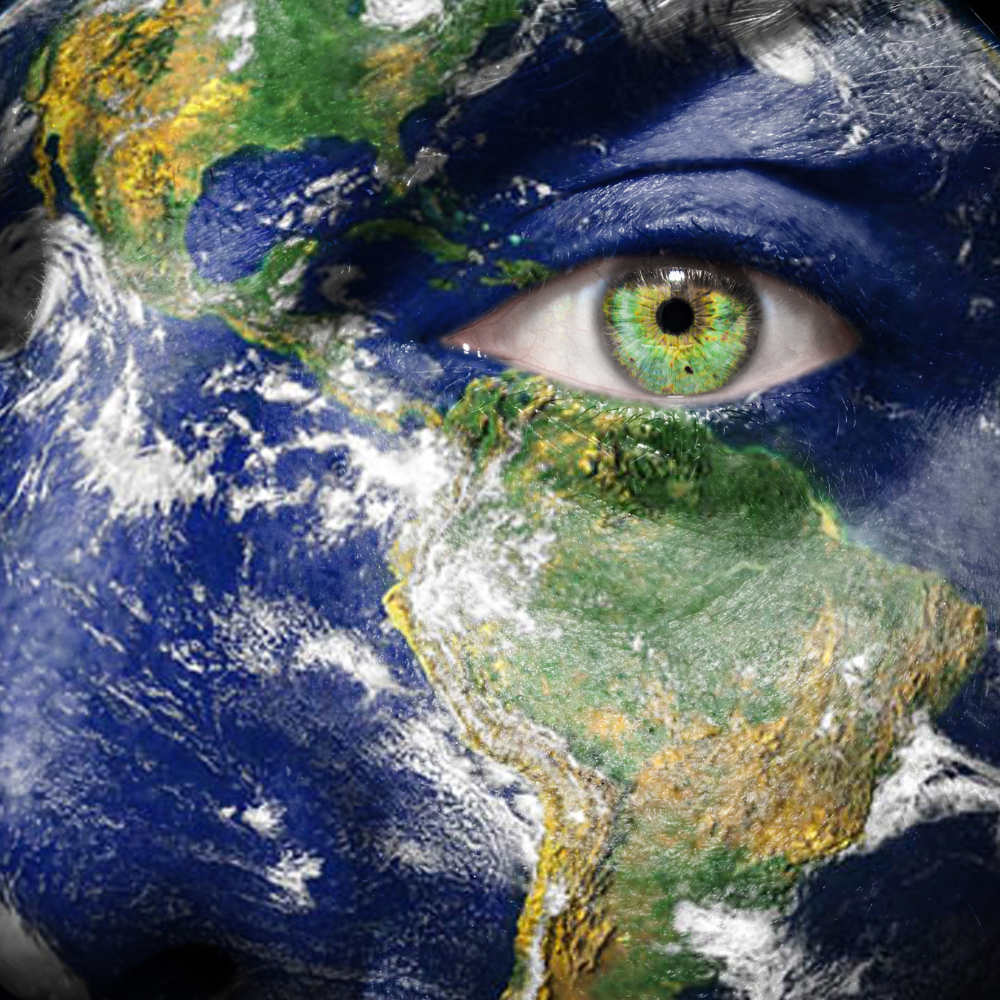
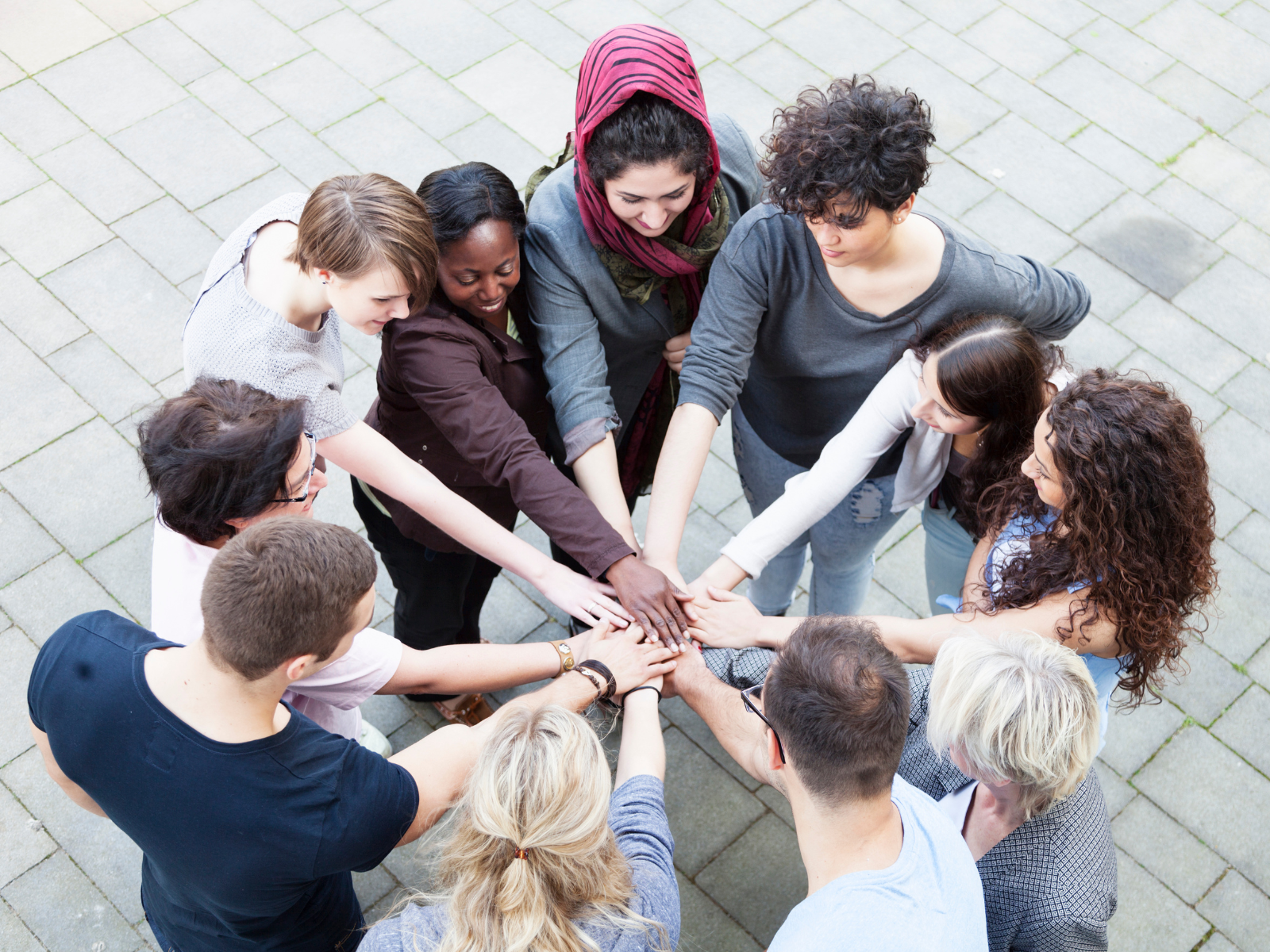

Decoding the Cultural Canvas
Art plays a pivotal role in shaping and challenging cultural norms and values.
It's a visual language that transcends borders, conveying ideas and emotions that words can't capture.
For instance, Picasso's Guernica isn't just a painting; it's a vehement protest against the horrors of war, a universal sentiment echoed across cultures and time periods.
Artists, through their work, often reflect or challenge the status quo, pushing societal boundaries and sparking dialogue.
Take, for example, the Dadaist movement, a direct response to the absurdity of World War I.
It questioned established norms and logic, forcing people to reassess their cultural values.
Similarly, modern-day artists continue to use their medium as a tool for social commentary and change.
Art also serves as a time capsule, capturing the essence of culture and preserving it for future generations.
From paintings depicting daily life in ancient civilizations to sculptures representing religious beliefs, art offers insight into cultural practices and beliefs that have shaped society over centuries.
It's a powerful reminder that our current values and norms have evolved from those who came before us, and will continue to change in the future.
Art is a great way to explore cultural awareness, cultural differences, and cultural stereotypes.
It's a reflection of the diversity and richness of human experience, allowing us to see the world through different lenses.
Through art, we can understand and appreciate cultural differences, breaking down barriers and building bridges between communities.
If you're curious about exploring your own culture, or expanding your understanding of other cultures, art is a great place to start.
Visit museums, galleries, or even just explore online to discover the unique self-reflection and cultural insight that art offers.
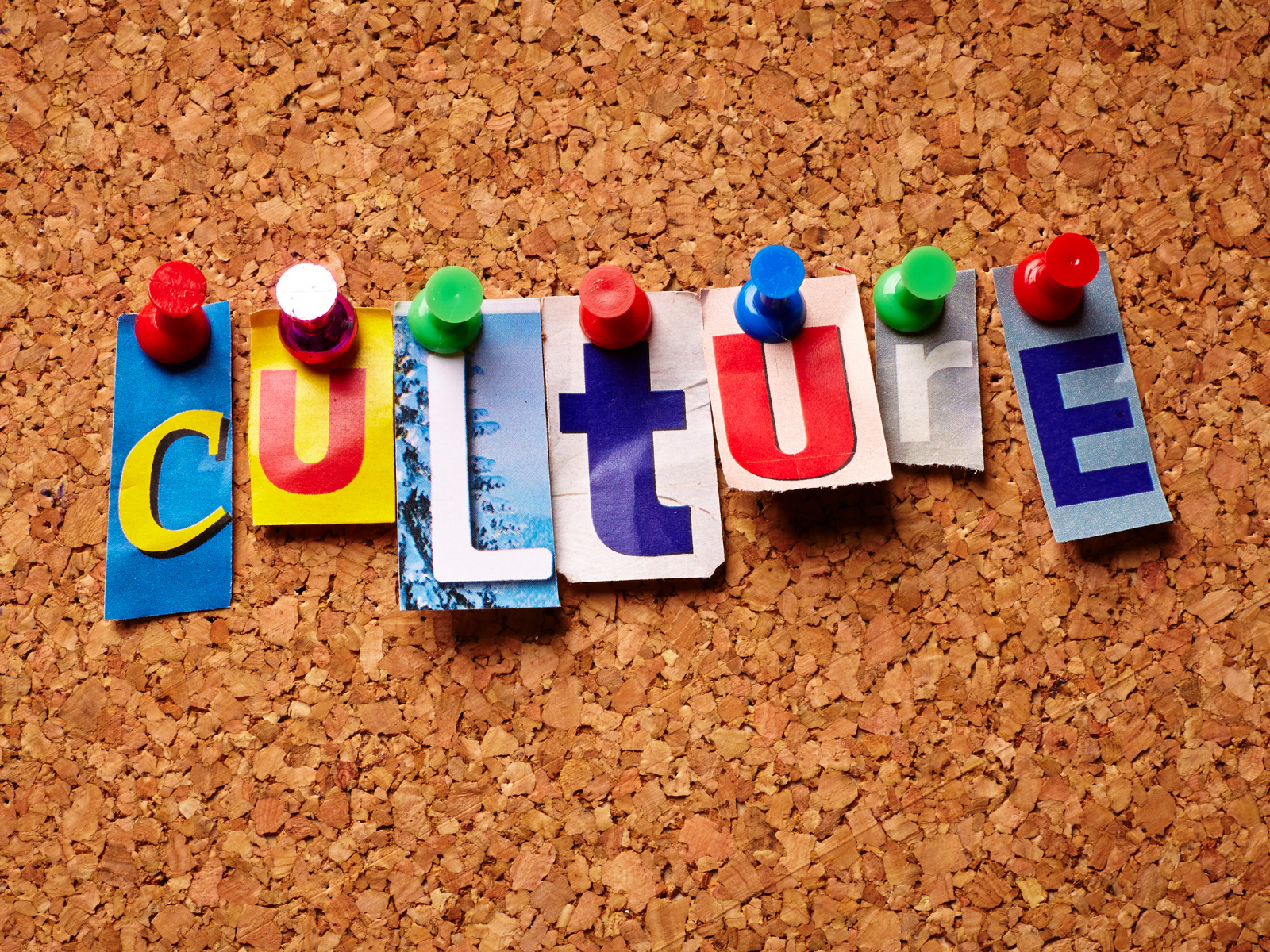
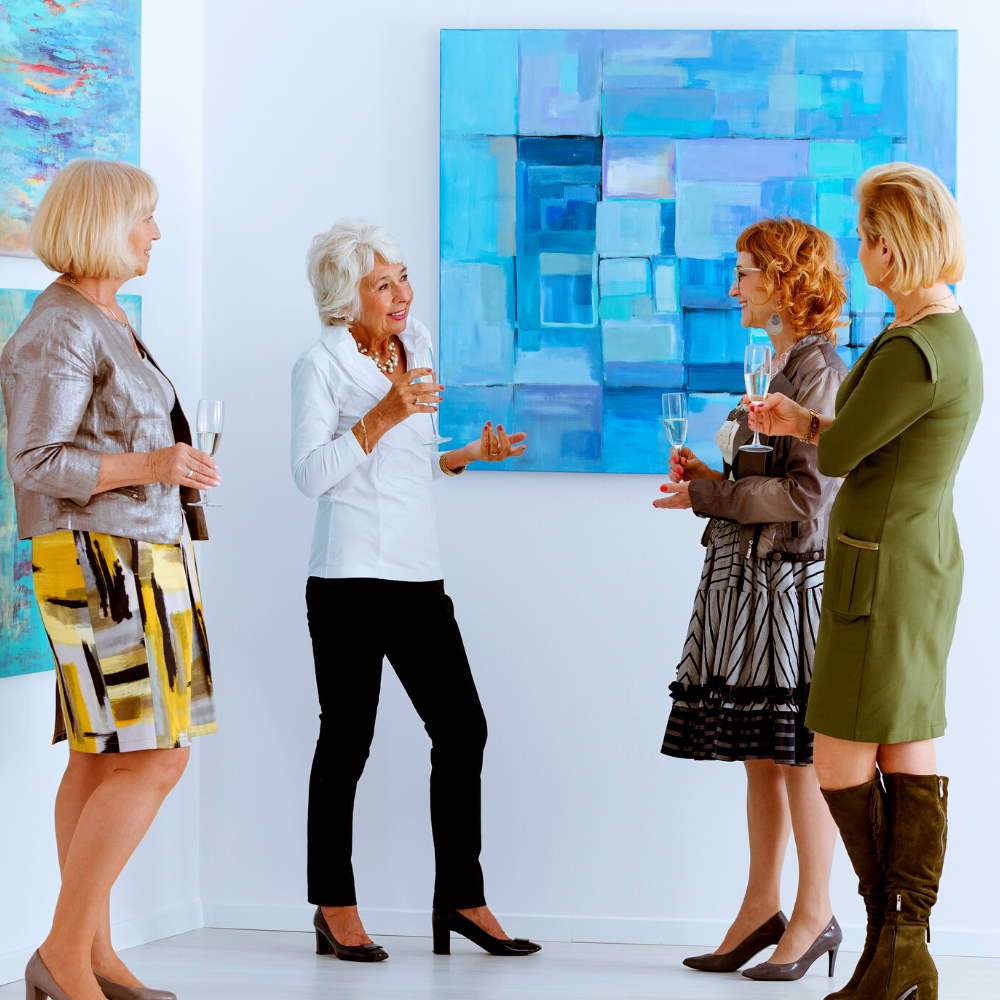

Art as a Reflection of Self-Awareness
Not only does art reflect culture, but it also serves as a powerful tool for self-discovery and reflection.
Through creation, artists are able to delve into their own thoughts, emotions, and experiences, giving them a deeper understanding of their own identity and place in the world.
Similarly, those who interact with art are given the opportunity to explore their own feelings and beliefs, often finding connections and insights they may not have otherwise discovered.
The act of creating art requires introspection, honesty, and emotional vulnerability.
When artists pour their thoughts and feelings onto canvas, they engage in a form of self-dialogue, exploring their inner world.
The key to leveraging art for self-awareness lies in authenticity.
As an artist, allow yourself to feel, to question, and most importantly, to express without inhibitions.
Whether you're painting your joy in vibrant hues or sculpting your sorrow in cold clay, your art becomes a tangible extension of your emotional landscape.
Remember, there's no "right" or "wrong" in this journey. Some days, your art may be a chaotic Pollock-esque splash of emotions.
Other times, it might resonate with the serene simplicity of a Hokusai wave. What matters is that it's a true reflection of you.
Art also has the power to challenge our personal biases and perspectives.
By exposing us to different cultural expressions and narratives, it expands our understanding of the world and broadens our perspectives.
This type of self-awareness is vital in fostering empathy, understanding, and a sense of global citizenship.

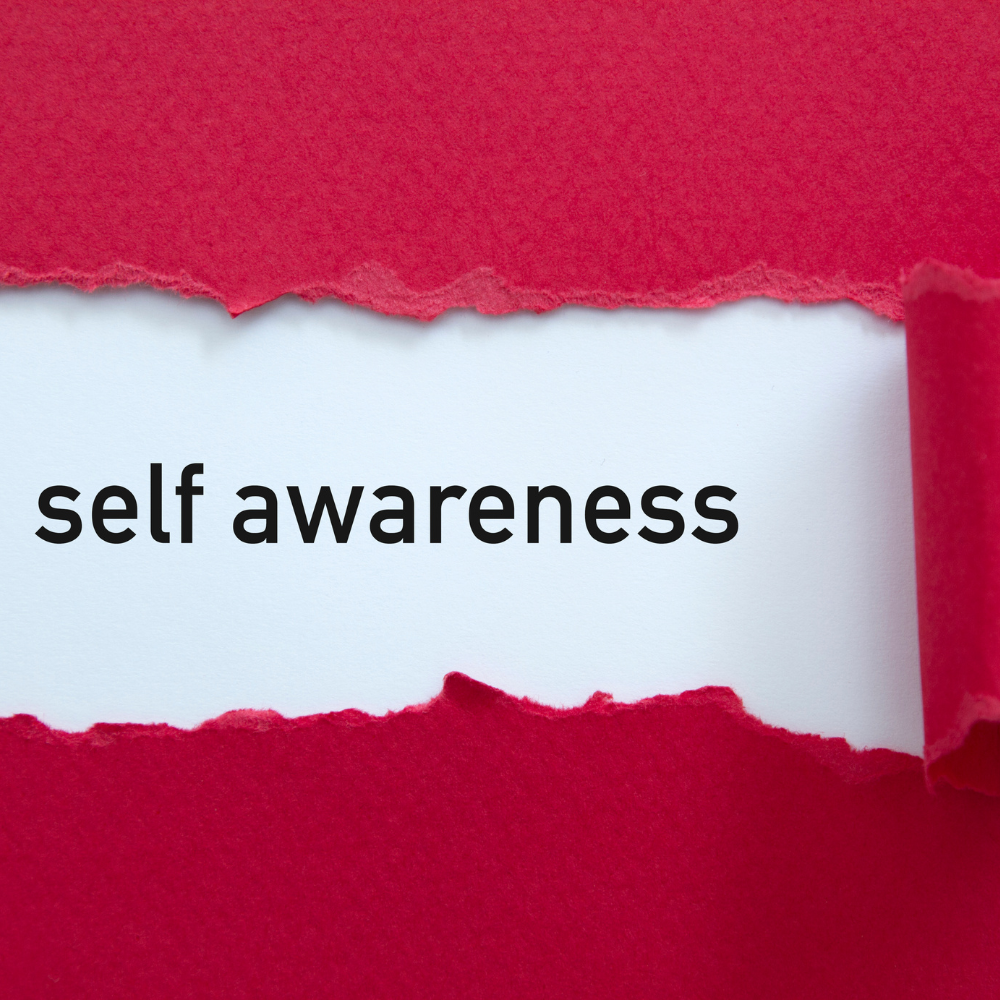

Unlocking the Cultural Code
In order to fully appreciate the impact art has on cultural self-awareness, it's important to understand the cultural codes embedded within each piece.
Symbols, motifs, colors and techniques all hold deep cultural significance, reflecting the society in which they were created.
For example, the lotus flower in Buddhist art symbolizes purity and enlightenment.
In Mexican art, bright colors and bold patterns are used to celebrate life and death. And in African art, geometric designs represent spiritual concepts.
By studying these visual cues, we begin to unravel the hidden meanings behind each work of art.
We gain a deeper understanding and appreciation for different cultures, ultimately leading to greater self-awareness and personal growth.
Cultural groups also have their own unique ways of creating and interacting with art.
In some cultures, art is a communal activity, while in others it's seen as a solitary pursuit.
Understanding these differing approaches helps to further bridge cultural divides and gain insight into how our own culture shapes our artistic expression.
Cultural competence is essential in today's globalized world, and art offers a powerful lens through which to develop it.
By exploring the creative mirror that art provides, we gain valuable insights into ourselves and our society, opening the door to meaningful connections and personal growth.
Developing cultural awareness and understanding through art is an ongoing process, one that continuously evolves as we engage with new forms of expression and perspectives.
Cultural awareness matters because cultural biases and our own assumptions often limit our understanding of others.
Art allows us to break through these barriers, offering a glimpse into the universal human experience and fostering a sense of connection and empathy.

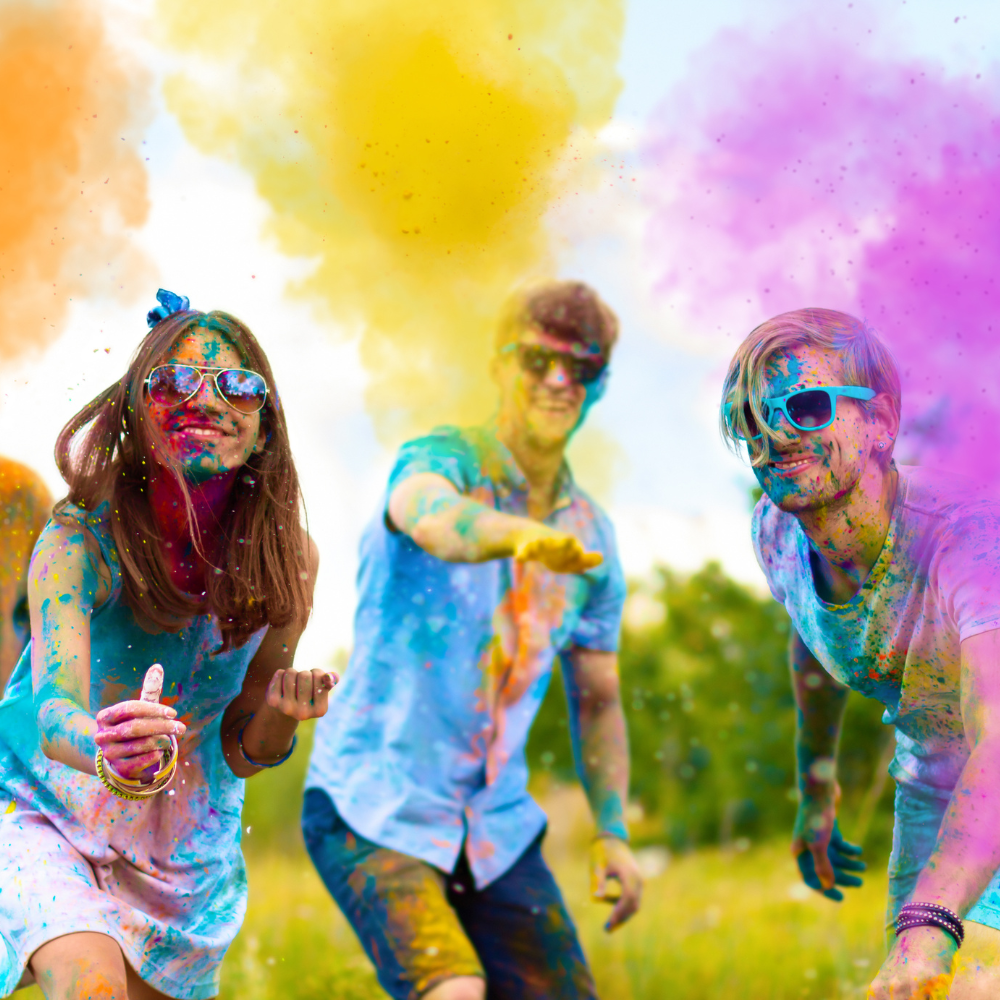
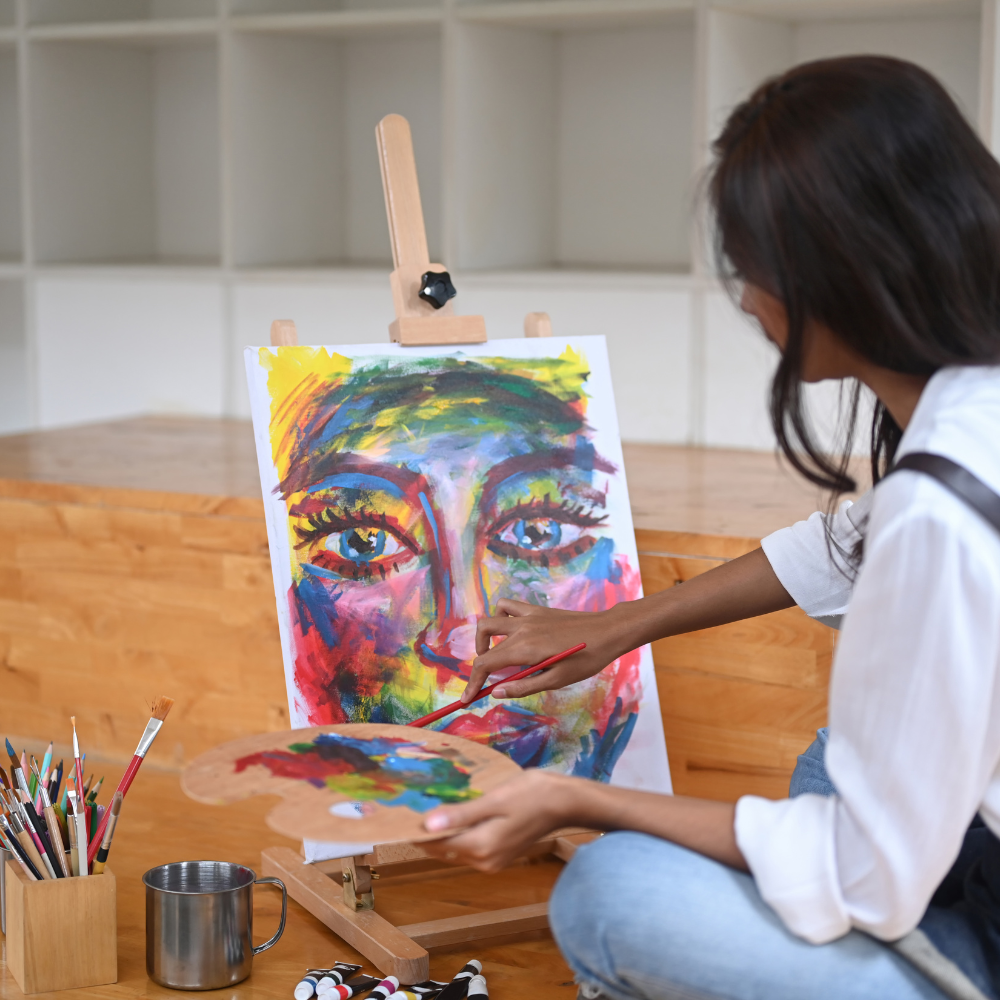
Exploring Cultural Identity through Art
Your cultural background is an integral part of your identity, and it can significantly influence your creative expression.
Cultural knowledge, traditions and customs are all reflected in our artwork, whether consciously or unconsciously.
Cultural influences and cultural heritage often manifest in the art we create, whether consciously or unconsciously.
As an artist, embracing your cultural identity can lead to powerful and unique works of art.
As you explore different forms of art from different cultures, you may begin to see elements of your own cultural identity emerge.
These discoveries can be both enlightening and empowering, as they help us better understand ourselves and our place within the world.
By exploring your cultural roots and incorporating them into your creative process, you add depth and authenticity to your work.
Similarly, engaging with art from other cultures allows us to broaden our understanding of our own cultural identities.
Culturally aware art can act as a bridge between different communities, fostering understanding and appreciation for diverse perspectives.
By understanding and embracing your cultural roots, you can create art that's not only personally meaningful but also resonates with others who share your cultural experiences.
Begin by exploring the art forms, themes, and motifs prevalent in your culture.
Look at the works of artists from your cultural background. How do they express their identity through their art?
What elements of your culture resonate with you, and how can you incorporate them into your work?
Remember, exploring cultural identity isn't just about looking back; it's also about understanding the present.
Current cultural trends, societal changes, and even personal experiences within your culture can all shape your artistic voice.



The Creative Mirror: Reflections Beyond Art
Beyond the world of traditional art, creative expression can also be found in the most unexpected places.
Art is a reflection of society, and it's a great way to learn about diverse cultures and the stories that make them unique.
When you engage with art, you're not just looking at something aesthetically pleasing, you're looking at a piece of an artist's story and their cultural background.
By learning about different cultures through art, you can achieve a sense of cultural self-awareness.
From street art to fashion, music to cuisine, every aspect of culture reflects the values and norms of a society.
By actively seeking out and appreciating these forms of expression, we can gain a deeper understanding of the world around us and ourselves.
As we journey through life, let's continue to use the creative mirror to explore our own cultural self-awareness, norms, and values.
Let's embrace art as not just a reflection of culture, but also as a catalyst for self-discovery and growth.
Together, we can continue to unlock the power of art and use it to transform ourselves and our world for the better.
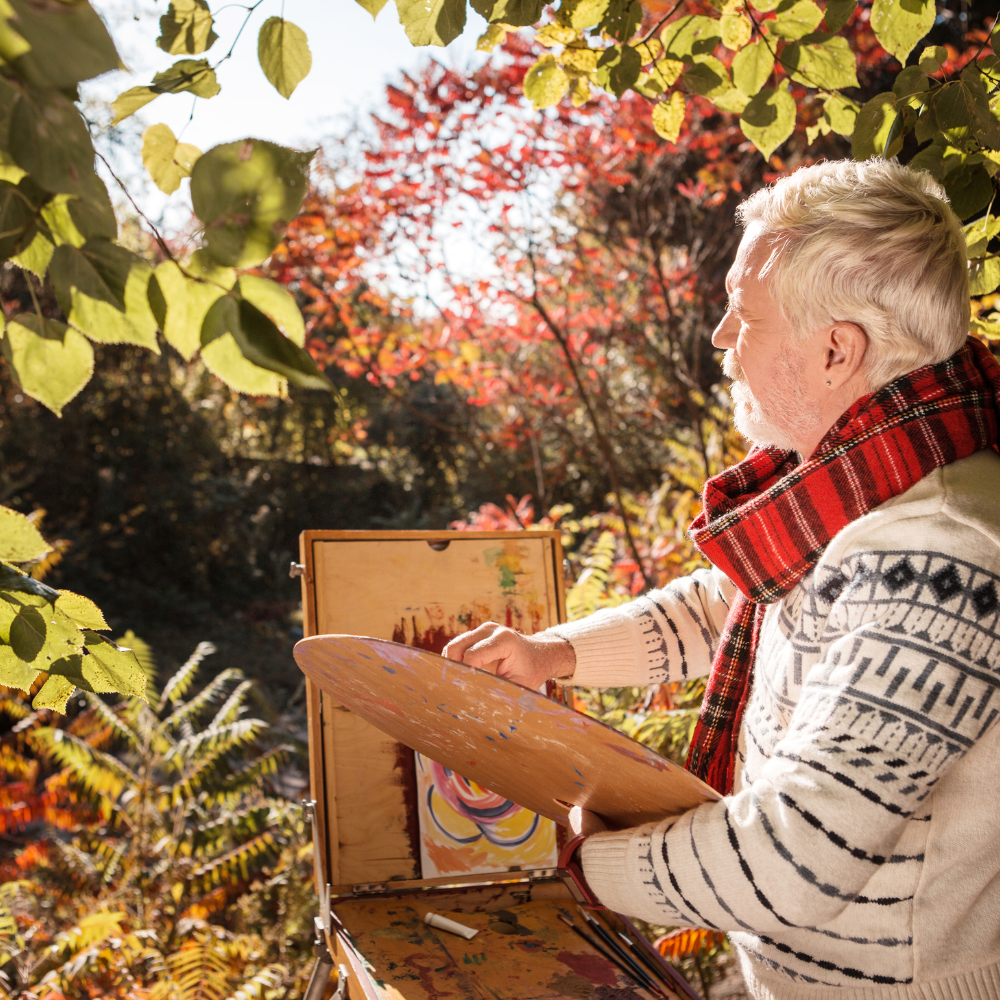
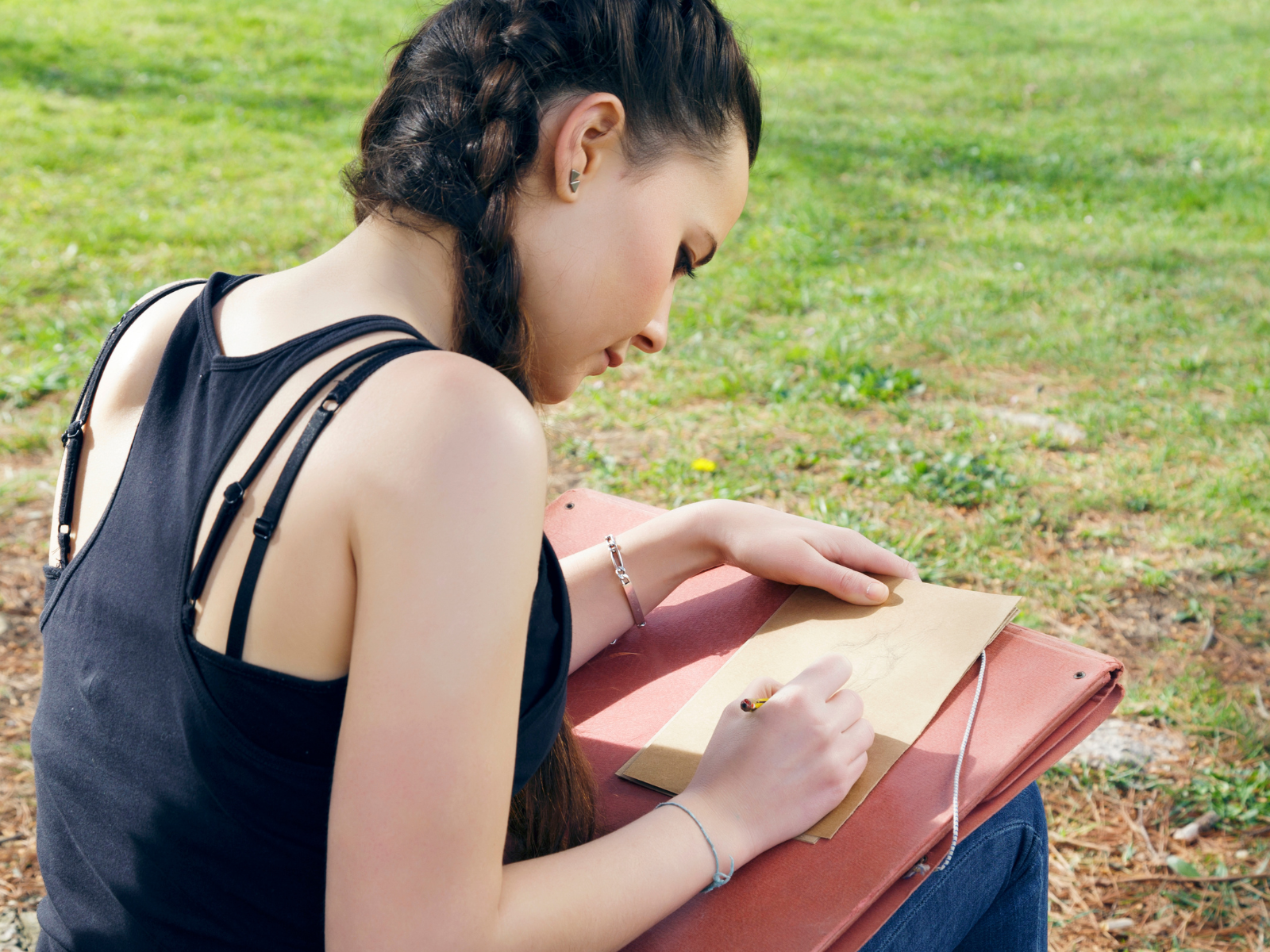
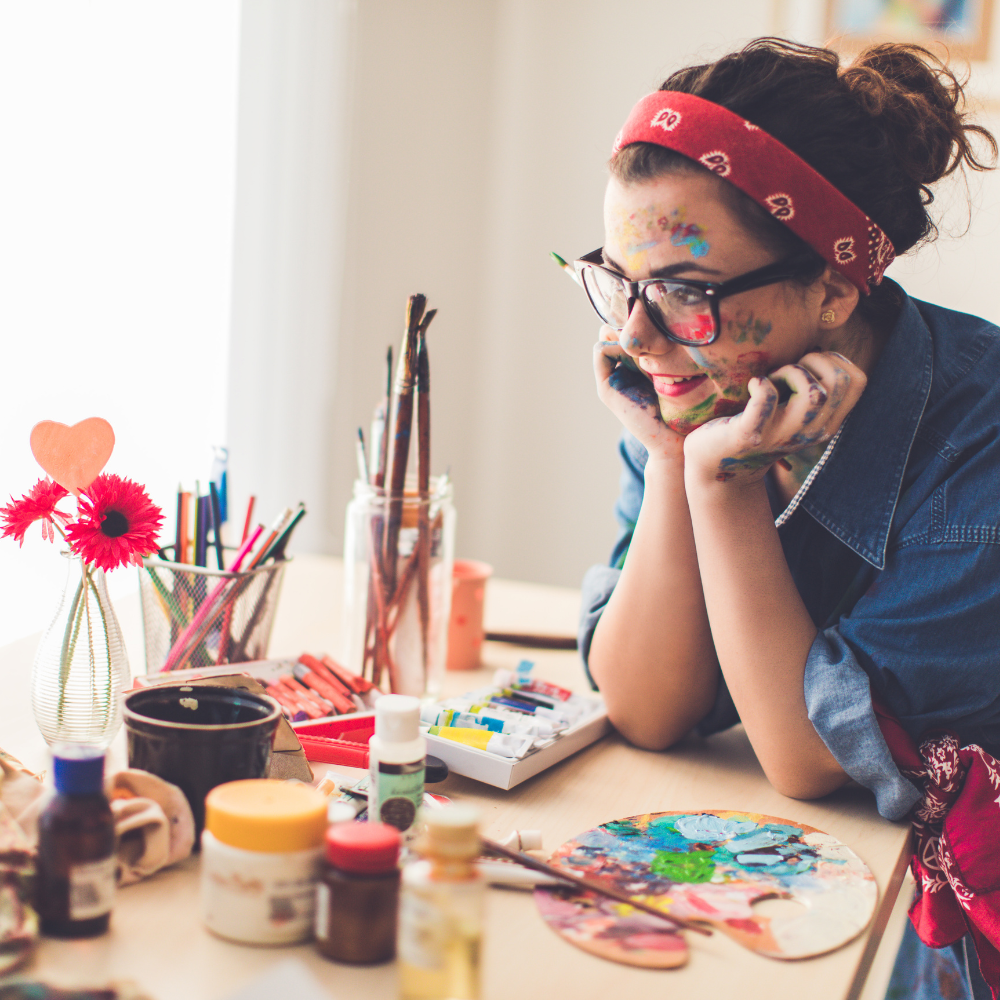
Creative Connections Through Art
As we've explored, art serves as a powerful tool for cultural self-awareness and understanding.
But it also has the incredible ability to connect us with ourselves and others, regardless of background or language.
Through shared experiences with art, we can break down barriers and foster empathy and understanding.
Art can help you understand yourself better on a personal level as creating art requires you to tap into your emotions and experiences.
When you create art, you're expressing yourself in a way that words can't always capture.
Through art, you can learn about the things that are important to you, what your values are, and how you see the world.
Self-awareness can be achieved through this process of self-expression.
Art can also serve as a way to connect with others and learn about the world around you.
By engaging with different forms of art, you're opening up the possibility for communication and exchange of ideas with people who come from different backgrounds and cultures.
This can lead to a greater understanding of the world and an appreciation for cultural diversity.
It can help you cultivate a greater sense of empathy and understanding towards others who may have different backgrounds or experiences, and it can also allow you to process and deal with things that may be difficult to express in words.
Art therapy, for example, is known to be very beneficial for people who suffer from mental illnesses like depression and anxiety.
By engaging with art, you can achieve a sense of emotional self-awareness.
Art is a means of self-expression that can lead to personal growth and development; by engaging in the creative process, you can learn to understand yourself better, improve your problem-solving skills, and develop a more positive outlook on life.
Through art, you can learn to tap into your inner creativity and express yourself in a way that feels authentic and meaningful.
A Palette of Self-Discovery: The Art of Being You
Art is a powerful medium for personal and cultural self-awareness, so explore your emotions, embrace your cultural identity, challenge norms, and most importantly, express yourself honestly.
Art is not just something to admire; it's a tool for self-awareness and cultural understanding.
Through art, you can enhance your personal growth, develop empathy and connect with others in ways that you never thought possible.
Whether you're just starting out on your artistic journey or you're a seasoned pro, don't be afraid to embrace the power of art to help you achieve cultural self-awareness.
Who knows, you might just discover something new about yourself along the way!
In the end, your art will not only be a piece of beauty but also a testament to your personal growth and cultural understanding.
What are you waiting for?
Dive into the world of art, and you'll discover more than just pretty pictures; you'll find a reflection of yourself, your heritage, and maybe even your future.
Remember, art is about exploration, not perfection.
So, unleash your creativity and let art be your guide on the journey of self-discovery.
Happy creating!
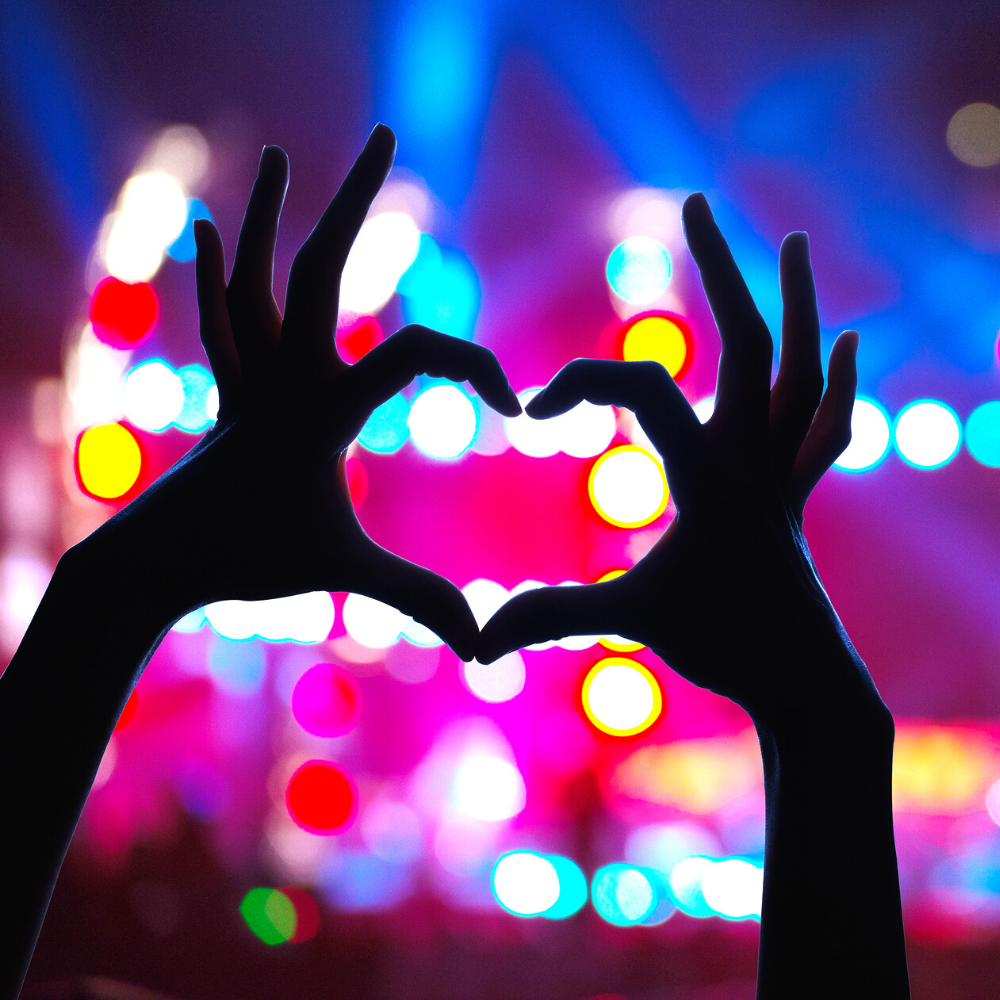


Ready to boost your awareness through journaling? Check out Mindful Creative Muse's video!
Want even more content about creativity and art?
Be sure to check out all of our creative chronicles!
Eager to explore your creativity?
Check out some of our other articles:
-Endless creative possibilities
-Self-doubt: enemy to creativity







